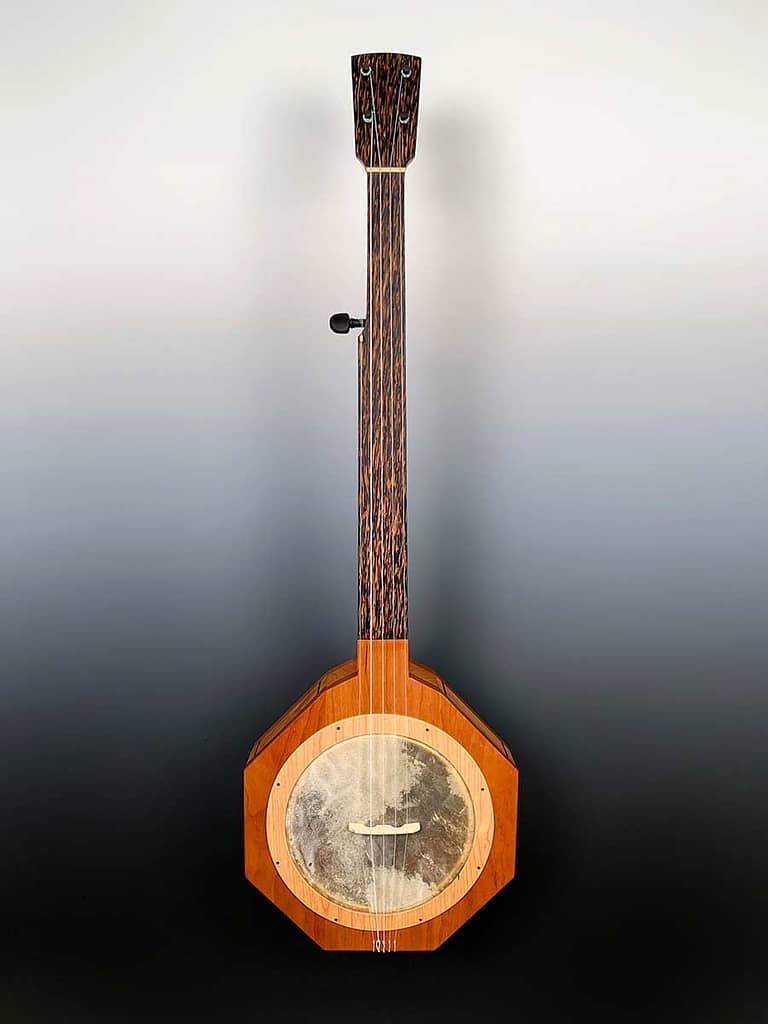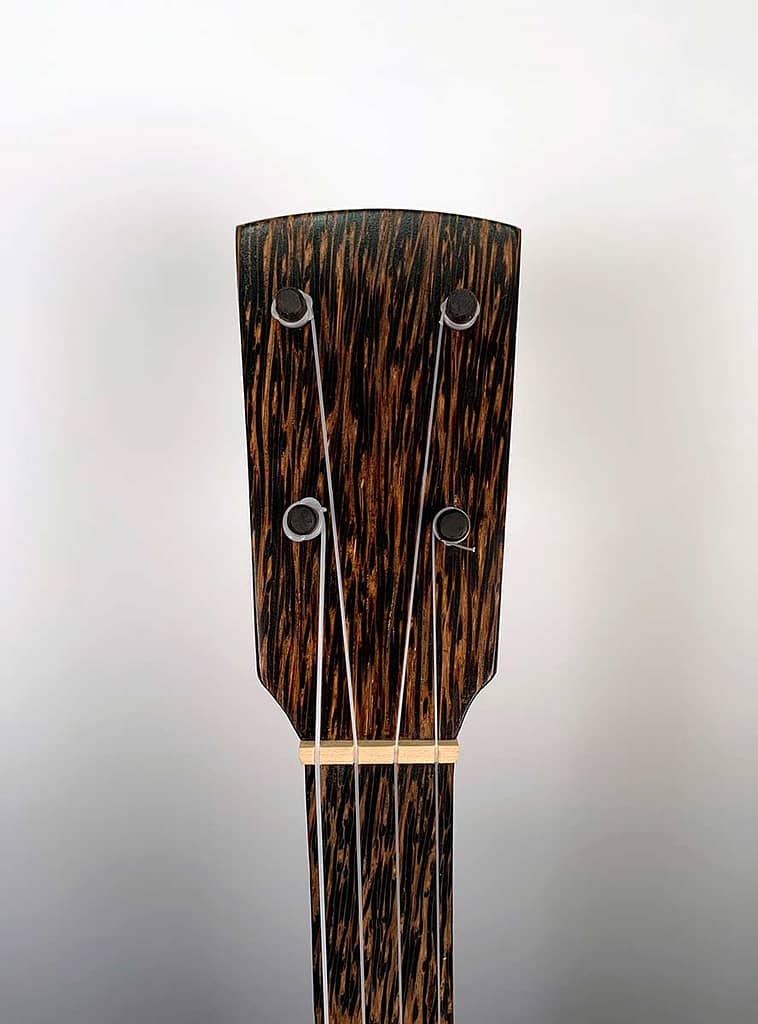Wenge and cherry fretless Kentucky octagon banjo
https://jdgraham.net/luthiery/wp-content/uploads/2021/07/wIMG_9464-768x1024.jpg 768 1024 Instruments Instruments https://secure.gravatar.com/avatar/4064a33c246b57bbb247769c7eb9533287771e64eefaaf6316c976d6c4e5f470?s=96&d=mm&r=gUnlike other octagon banjos I have made in the past I thought it would fun to put a brass tone ring in this one. It really made quiet the difference! One of the most dramatic features of this banjo is the Wenge (type of wood species) fingerboard. I thought the grain was just stunning.












































































































